TORONTO (Feb. 8) — During the first month of the pandemic–shortened National Hockey League season, forward Wayne Simmonds of the Toronto Maple Leafs might have been the best of all free agent acquisitions. He was doing more for the club through 12 games than I figured he had left in his 32–year–old body: scrapping, creating room for line–mates and scoring at a 35–goal pace over a full, 82–game season.
Now, and regrettably for the Blue and White, everything is on hold.
My old radio colleague, Elliotte Friedman, proved again how invaluable he is to Sportsnet and Hockey Night In Canada as a source of information by breaking this news via Twitter late Sunday morning, a full 24 hours before it was confirmed by Leafs coach Sheldon Keefe. Other such places as TSN, the Toronto Star and the Globe and Mail ignored Elliotte’s Tweet. Only Lance Hornby of the Toronto Sun, who has long been able to smell a bulletin, wrote about the likelihood of Simmonds being sidelined for six weeks with a fractured wrist sustained while blocking a shot against Vancouver on Saturday. This is very difficult and untimely news for the Maple Leafs, who have been lights out in romping through western–Canadian teams: 7–1–1 against Winnipeg, Edmonton, Calgary and Vancouver since Jan. 18. Toronto finishes a stretch of ten straight against the West tonight at Scotiabank Arena (7 p.m.) with a third consecutive home game against the Canucks.
The dichotomy among competing news (or sports) services is always fascinating. In this instance, a reporter working for the NHL’s broadcast partner Tweeted something very specific. Anyone familiar with Elliotte knows he didn’t pull the six–week time frame out of his backside. Someone with direct knowledge of the Simmonds injury provided him the information. TSN, with the well–connected Darren Dreger, either failed to summon conformation of Friedman’s news–break… or chose to try and discredit Sportsnet by not attempting to match Elliotte. After all, Bell TV stations (CTV/TSN) had virtually all day and night coverage of the Super Bowl. Given, however, the news involved the Maple Leafs; that Bell and Rogers (Sportsnet) own an identical stake in the hockey club, and that the Leafs drive viewership numbers on both networks, it didn’t reflect well on TSN to ignore the Simmonds injury until Keefe confirmed it earlier today. As for the Star similarly refusing to cite Friedman’s story… well, maybe it was Kevin McGran’s day off. Who knows?
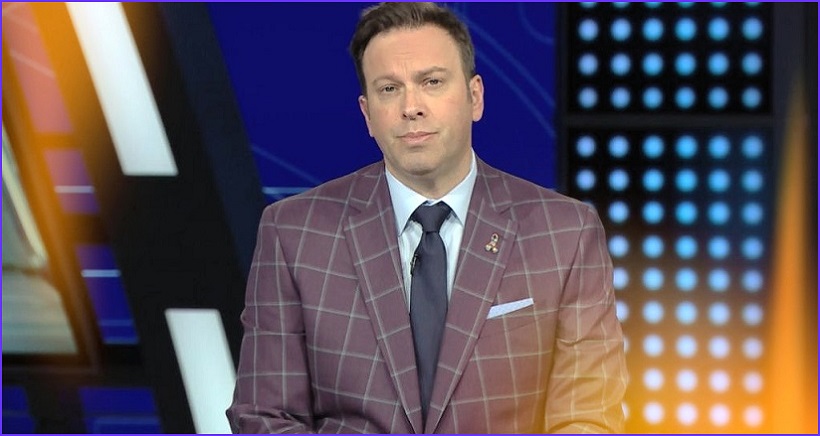
THERE IS NO BETTER SOURCE FOR HOCKEY INFORMATION THAN ELLIOTTE FRIEDMAN OF SPORTSNET.
Though a relatively small sample size, Simmonds helped to change the face of the Leafs in the first quarter of the abbreviated schedule. Which was precisely the intention, albeit a bit late, of general manager Kyle Dubas upon signing the veteran to a one–year, $1.5 million contract on Oct. 9. Over the span of two years, this corner had been screaming for the Leafs to compose balance around the soft underbelly of the team: its richly talented, yet passive, quartet of elite forwards. It had been markedly established in the playoffs that John Tavares, Auston Matthews, Mitch Marner and William Nylander were not — on their own — worth half the $81.5 million salary cap figure. I ran into Zach Hyman on Sunday and while chatting with him for a few moments, I couldn’t help but think that if his more–gifted teammates had performed with the same gumption and appetite, the Maple Leafs would have beaten Boston in one of their recent Stanley Cup match–ups (a timely save would also have helped). That’s why the addition of Simmonds was so important.
His presence had an emboldening impact on the entire team.

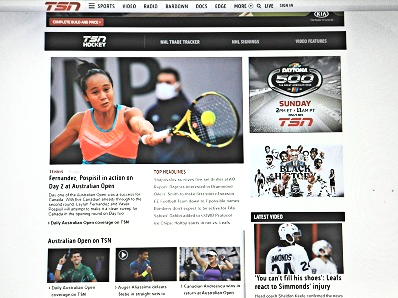
A DAY LATE: THE TORONTO STAR’S WEBSITE (LEFT) LED WITH THE SIMMONDS INJURY THIS AFTERNOON. TSN LED WITH TENNIS AND NOTED SIMMONDS AT BOTTOM–RIGHT OF THE SCREEN.
And, it raises the specter of the Leafs having a couple or three such players. Hyman isn’t a fighter, but he never recoils from a physical challenge. That’s why he’s evolved into a 20–goal shooter in the NHL; trusted by both Mike Babcock and Keefe. The regular season, be it 48, 56 or 82 games, is a tap–dance compared to the playoffs, which become incrementally arduous over the four rounds needed to win the Stanley Cup. The Maple Leafs have not been equipped with the physical wherewithal to survive such a burden. Simmonds, who should recover well before the May 8 conclusion to the current schedule, was an important first step in that direction. There will be opportunity, before the Apr. 12 NHL trade deadline, for Dubas to add scrappiness. Which precludes, in my opinion, the need for Sam Bennett, apparently on the block in Calgary. Bennett, 24, may upgrade the skill quotient of the bottom–six forwards, but at likely too steep a price.
LEAFS/HABS ON THE WAY: After tonight, the Maple Leafs and Montreal Canadiens — to this point, the clear frontrunners in the North Division — face off three times in a ten–night span: at the Bell Centre on Wednesday; back here on Saturday, then at Montreal, Feb. 20. In between, the Leafs have another home tripleheader, this time against last–place Ottawa (Feb. 15–17–18). So, there is opportunity, even without Simmonds, for the club to maintain a lofty position in the all–Canadian sector. Between Feb. 22 and Mar. 13 comes yet another 10–game swing against the West — tripleheaders at Edmonton and home to Winnipeg sandwiched around two games in Vancouver. As we already know, this is quite the unique schedule.
ODE TO RALPH: He was one of the great gentlemen in hockey — during and after his distinguished career with the Canadiens from the 1958–59 season to Jan. 26, 1971, when dealt by Sam Pollock to the Los Angeles Kings. Ralph Backstrom died at 83 on Sunday following a lengthy illness. With Jean Beliveau and Henri Richard, he provided Montreal exquisite depth at center ice; Backstrom and the Habs winning the Cup in 1959–60–65–66–68–69. Only Toronto’s upset victory in 1967 prevented the Canadiens from matching their record of five consecutive championships (1956–60). Ralph has also long been the object of legendary suspicion that Pollock traded him to strengthen the Kings, who were last in the NHL at the time of the deal.
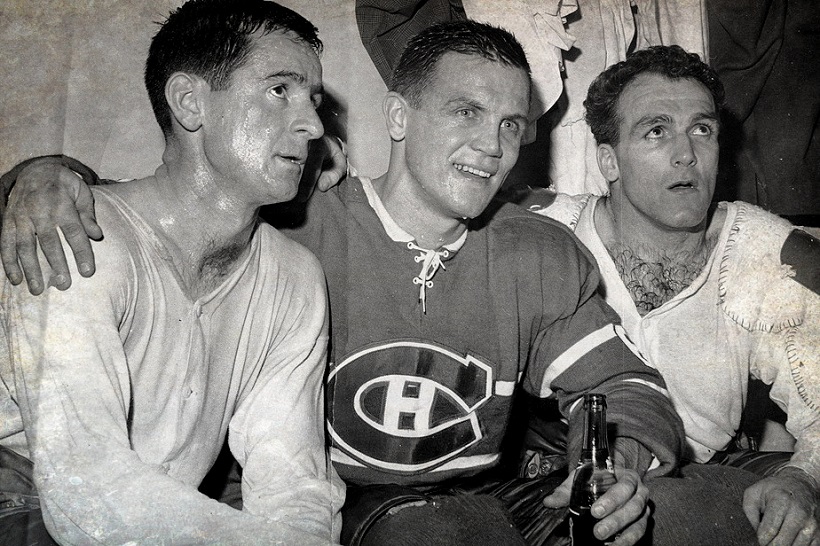
RALPH BACKSTROM (MIDDLE) CELEBRATES WINNING THE 1968 STANLEY CUP IN A SWEEP OVER ST. LOUIS WITH CANADIENS TEAMMATES BOBBY ROUSSEAU (LEFT) AND HENRI RICHARD.
You see, Montreal, resulting from a trade with the California Golden Seals, owned first pick in the 1971 NHL draft, with Francophone sensation Guy Lafleur of the Quebec Remparts the top prize (followed, closely, by Marcel Dionne of the St. Catharines Black Hawks). Pollock hoped that the addition of Backstrom, along with a trade that landed former Leafs stalwart Bob Pulford in SoCal, would lift the Kings beyond California in the West Division. Which materialized rather spectacularly. In fact, Los Angeles, with 63 points, vaulted past the Seals (45 points) and Pittsburgh (62). With no draft lottery at the time, the club compiling the fewest points selected first (except for the expansion years of 1970–72–74, when the two entries chose first and second).
Montreal, owning the Seals’ pick in ’71, giddily selected Lafleur and won six Stanley Cups with No. 10 in the line–up (1971–73–76–77–78–79). But, Backstrom was nobody’s fool. On seven occasions, he scored 20 or more goals in the NHL, finishing with 278. That total would have been considerably higher were he not parked behind Beliveau and Richard at center during his years with Montreal. May he rest in peace.
50 YEARS AGO
at Maple Leaf Gardens


The first meeting between the Leafs and Philadelphia Flyers after the big trade that exchanged goalies Bernie Parent (to Toronto) and Bruce Gamble occurred less than a week later at Maple Leaf Gardens. In my collection, here are images from the Gardens program of Feb. 6, 1971, 50 years ago this weekend. Gamble, wearing No. 30 in his orange Philadelphia jersey, was in the north goal for the opening face–off. Sadly, Leafs coach John McLellan — an otherwise wonderful chap — had no sense of occasion, sitting Parent against his former team and starting Jacques Plante in the south goal. The move worked out, as the Leafs doubled the Flyers, 4–2 (Parent played the following night, at Buffalo, in a 4–3 Toronto triumph). Serge Bernier opened the scoring for the Flyers in the first period; Bill Lesuk closed it out in the third. In between, the Leafs got two goals from Jim Harrison (one shorthanded); singles from Dave Keon and Garry Monahan. It was the third of four consecutive wins for Toronto. Plante stopped 36 shots for the win. Gamble took the loss, blocking 34.
Referee Lloyd Gilmour issued only eight penalty minutes in a tame affair, working with veteran linesmen John D’Amico and Matt Pavelich. My mind’s eye recalls this night, a half–century ago, rather clearly. I sat with my friend, Jeffrey Spiegelman, in Sec. 32, Row D of the north Blues (to become Reds in 1974–75), directly up above Gamble in the first and third periods. It was the first time I saw Philadelphia’s predominantly colored uniforms. Under the bright TV lights of the Gardens, the reddish–orange hue of the visitors’ jersey was striking. Little did I realize the Best Man at my wedding, 20 years later, was seated directly in front of me that night. David Silverman, soon to become a very close pal, was with his late father, Bunny. Memories.
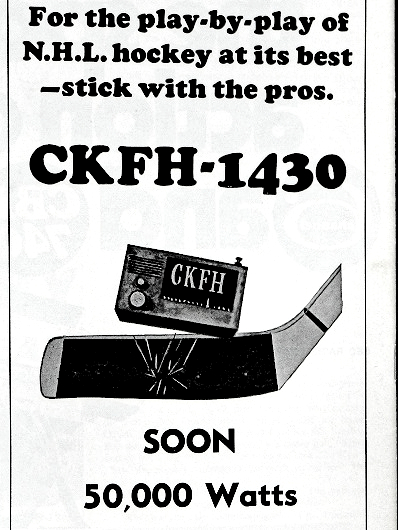


Line ups, above and below. The Flyers were in their fourth NHL season, with seven players who would be part of the first expansion team to win the Stanley Cup, three years later: Ed Van Impe (2), Barry Ashbee (4), Bob Kelly (9), Gary Dornhoefer (12), Joe Watson (14), Bobby Clarke (16) and Rick MacLeish (19). This was MacLeish’s second NHL game; he’d been dealt from Boston to Philadelphia in the same swap that exchanged Parent and Gamble. MacLeish would play 846 games and score 346 goals. Leafs rookie Darryl Sittler was sidelined with a broken wrist that cost him 2½ months on the sideline.
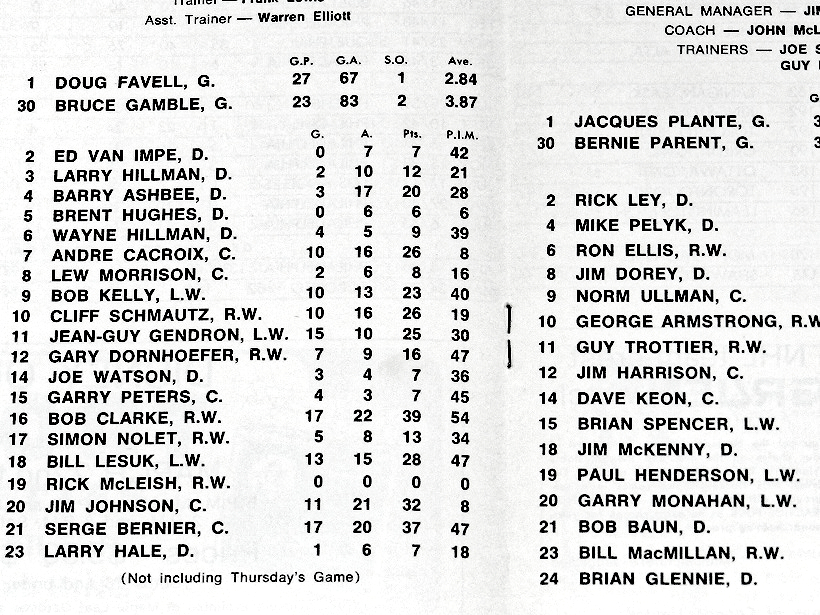
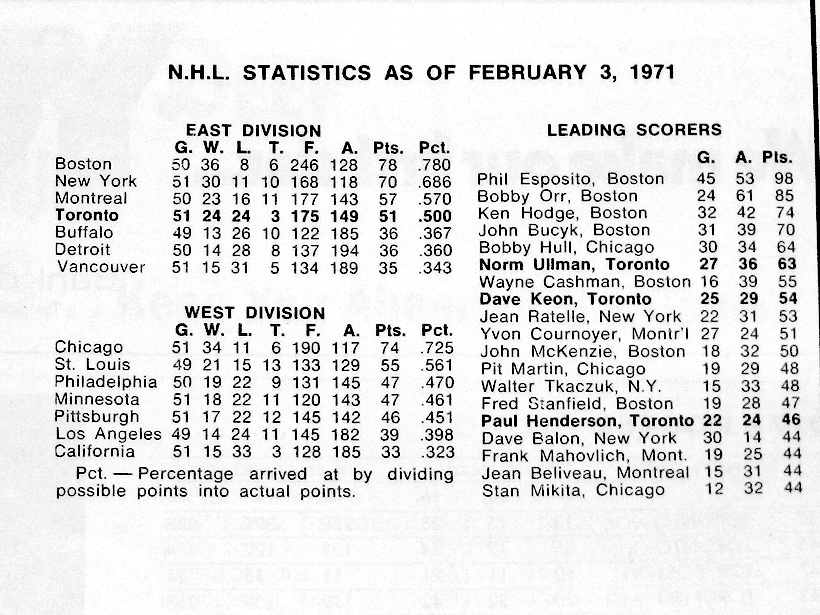
The Boston Bruins would establish a league record by scoring 399 goals in 1970–71. It was therefore no surprise that four Bruins topped the points race in early February. Norm Ullman and Dave Keon of the Leafs were in the top ten. Yvan Cournoyer of Montreal was still known as “Yvon” in the Leafs program.
EMAIL: HOWARDLBERGER@GMAIL.COM



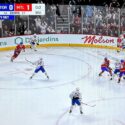
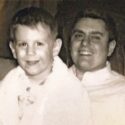
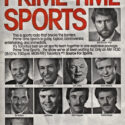





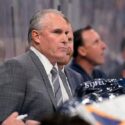



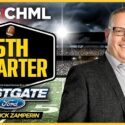

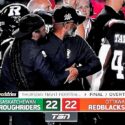
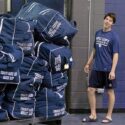




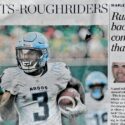



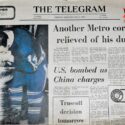






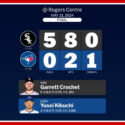
Love the articles Howard, both the current issues and the history focused ones.
Lafleur was my favorite player as a kid, but Dionne was great as well. Montreal would have been a juggernaut with either, but I wonder if Dionne may have been even better player in Montreal. He would certainly have had a higher profile.
Fun to think about.
Not to paint too negative a picture here, but …
The prognosis for almost any bone break is 6 weeks, but that is of course, just an estimate. When I hear wrist, I immediately think scaphoid, as I’ve broken it before in my football playing days. The scaphoid is one of eight small bones that make up the “carpal bones” of the wrist. The problem with the scaphoid is that blood flow to this bone is pretty minimal and it can take much longer than 6 weeks to heal. It took mine 12 weeks. Sometimes it just doesn’t heal at all, and surgery is required.
Not that we’ll ever get that information, but I’d be very interested to know which bone it was that he actually broke. This injury could be less than 6 weeks, but it could be a season ender too.
I remember 2005-06 when Eric Lindros played for the Leafs. He, too, couldn’t play without pain and missed significant time. But, I’m not sure there are similarities. We’ll see.